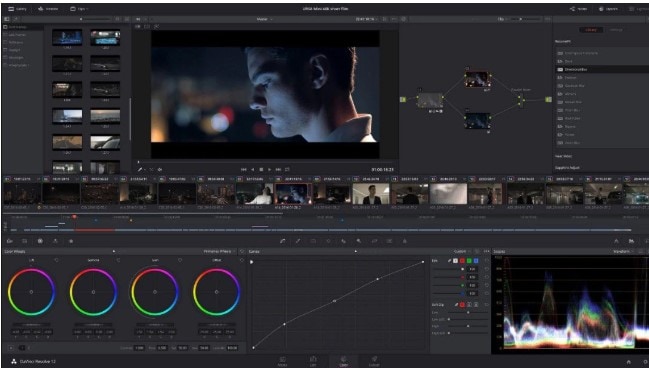
Have you found consistent success (or failure) using the 3D keyer? Do you have questions or comments to share? Please do jump into this discussion as I’d love to hear how the 3D keyer is working for you. And to help you get better results more quickly in the 3D Keyer, so you can quickly test it when choosing between the two keyers – and not get lost in its controls. My goal is to help you intelligently choose the best tool to utilize when you encounter a tough key in your next project.

You’ll also learn how to refine a ‘sloppy’ key using the 3D Keyer’s unique adjustments for defining your key. We’ll work through two shots to examine how we can utilize Resolve’s 3D Keyer to pull qualifications in situations where the HSL qualifier falls short. This insight is a deep dive into utilizing Resolve’s 3D keyer qualifier and how it works under the hood. In this insight, I’ll show you a few pointers on how to best utilize this powerful tool. But you can change this behavior with a click and get much better results on non-chroma keys. The problem is that the 3D Keyer’s default is for chroma keys. However, upon further inspection of the Resolve manual and some related documentation, I realized the tool had a lot more potential. Like many colorists and editors, I avoided using Resolve’s 3D Qualifier unless I was pulling a chroma key because I assumed it was limited to just that purpose.


Tutorials / Better Keying Using DaVinci Resolve’s 3D Keyer Understanding the essential difference between the HSL and 3D Keyers


 0 kommentar(er)
0 kommentar(er)
